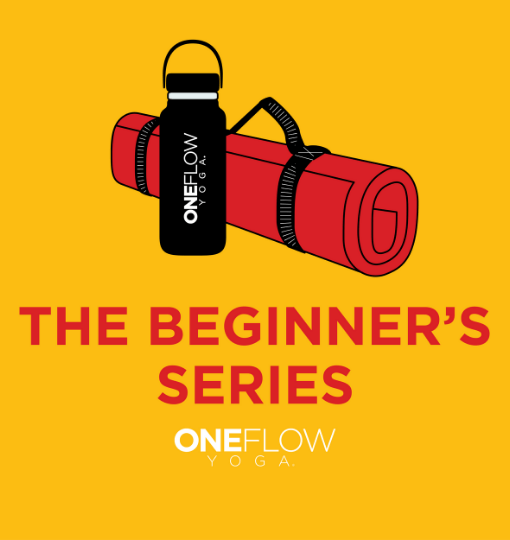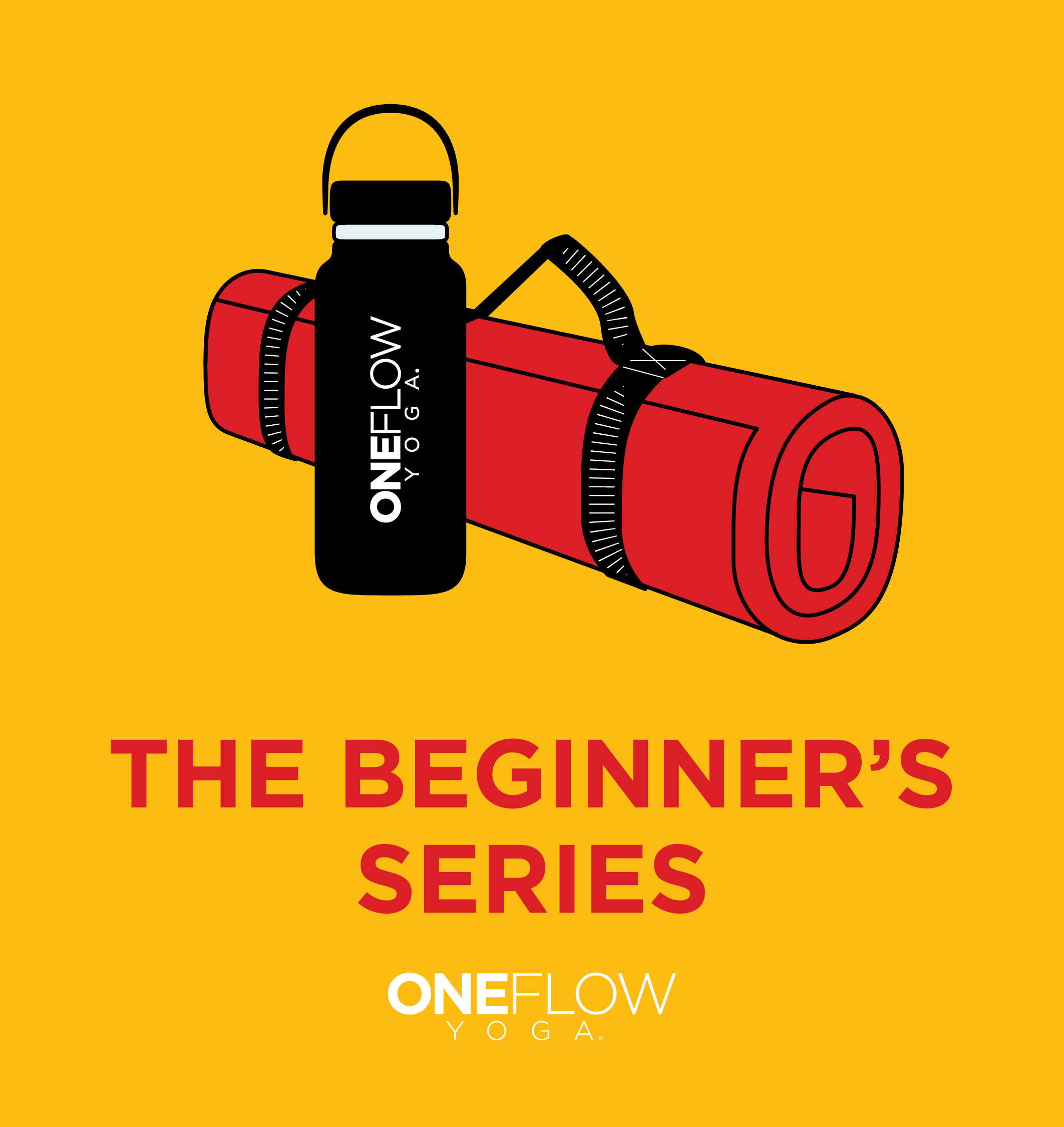Every year thousands of people sign up for teacher training without
any investigation. With the cost of a program valued between
$2500-$4500, that’s a big leap of faith.
So how to find the right yoga teacher training, at least the right one
for you?
Rather than focusing on perfection, it makes more sense to know your
options and the merits of each. This will put you in a more informed
position to compare prospective programs.
As you go through this, it’s also helpful to do some self-inquiry.
How much time do you have to invest in this endeavor? Do you want to
teach, and/or, at least have the option of teaching after you have
completed your program. What do you want to walk away with?
Having an Experience Vs. Getting an Education
Teacher training is a lot like going to your first yoga class, you
often have no idea what to expect.
If your only criteria is to “have an experience”, then any teacher
training program will do because each will offer an experience.
Of course, walking your dog is also an experience.
That’s not to delegitimize choosing a program based on the experience
factor alone. Some people want to do more self-exploration or go to
an exotic locale interspersed with yoga classes or meet like minded
people and form a connection. These are all very worthwhile pursuits.
However, they will not necessarily prepare you to teach yoga.
Teaching is a skill.
It can be learned and that starts with getting a quality education.
The educational aspect of teacher training should focus on the skills
of teaching. There is a lot more to it than simply standing in front
of a class and delivering a monologue.
In your program research ask questions on what specific teaching
skills they focus on.
Long or Short Length of Program
How do you divide up two hundred hours, the common Yoga Alliance
standard?
It’s up to the yoga school as to how they divvy up the program. Two
hundred hours could theoretically be done in just over a week, if you
stayed up twenty-four hours a day. That doesn’t seem realistic
though.
Again, if you are in it solely for the experience, the length of time
will be the one that works best for your schedule.
However if a program is more educationally minded, it will tend to
subscribe to one of three formats:
Month-long Intensive
This is the “full-time” job route. 200 hours divided by 4 = 50 hours
a week. You get to marinate in yoga for an entire month. It is all
yoga all the time so if you go this route, take good care of yourself.
Make sure you don’t have any other outside engagements because this is
a lot, physically, mentally and emotionally. The pace of learning can
also feel like drinking water…from a firehose.
Modular
This takes the same equation as above, but instead of doing all of the
weeks in the same month, it spreads them out over a longer period of
time—up to a year.. You come together for a 4-6 days, then go home
for a month or two then come back together.
This gives you the advantage of being very focused when you are doing
the work and also gives you time to digest the material.
Weekend
This is the most popular option for programs because it’s the only one
that doesn’t require a lot of time off from your day job.
Again, there are different ways schools can group the weekends
together. It can be tempting to get done as quickly as possible, but
time to process what you’ve learned is incredibly valuable.
One Teacher versus Many
There are good arguments for both ways.
Having a variety of teachers gives you a variety of teaching styles to
observe. It gives you the opportunity to learn from people who are
more knowledgeable in a particular area, such as anatomy or
philosophy.
The downside is it can feel like teacher training by committee instead
of one cohesive program. It can also be confusing having so many
voices in the conversation because different teachers have different
perspectives. One teacher might say something and the next teacher
might say the exact opposite.
A single teacher leading a program has the reverse strengths and
liabilities. You have cohesion and a singular point-of-view, though
it is more difficult for one teacher to cover all areas of knowledge
equally.
One big advantage is getting to develop a deeper relationship with one
teacher. This is why yoga has traditionally been taught this way
because you learn much through the relationship itself.
Large or Small Groups
Teacher training groups can range from five people to well over a
hundred.
Small groups are wonderful if you want:
- a more intimate feel
- individualized attention
- contact with the teacher
- more opportunities to participate.
Larger groups have the advantages of meeting more people, working with
more body types, and having a great sense of energy.
Local or Out-of-Town
If you decide to go out-of-town, do so because of the strength of the
program and teacher. Studying with a teacher such as Dharma Mittra or
Richard Freeman will send you to New York City or Boulder, Colorado
respectively.
However, you just added a large cost in both time and money.
Out-of-town training expenses are more typical of a vacation—travel,
food, lodging—for several weeks.
Local has the advantage of being close to home. It can be a smart
move, particularly if you are looking for support, mentorship and
teaching opportunities.
Either way, look at the depth and quality of the program.
A word about out-of-country. If you want to go to a beautiful place
like Bali, go to Bali. However, if you decide to take a rigorous
teacher training, don’t do it in Bali because you’ll never get to see
it. If you want to practice yoga in a beautiful place, go on a yoga
retreat instead of teacher training.
Emphasis of the Program
What do you actually study, read and practice?
In reality, two hundred hours is not a lot of time to learn to teach.
To make the most out of the town allotted, a teacher training needs to
have a very specific focus.
Some are better at the skills of teaching, others have a more
meditative, anatomical or philosophical slant. This is not to say
they do not teach a complete program, only that they have something
underscoring and connecting all of the elements that comprise the
program.
Be sure to ask to what texts and resources they use and require.
And be wary of programs that teach a script and seem to be churning
out the same type of teacher. Many do so because it’s easier to train
a larger quantity of teachers, vs. quality teachers.
Teaching is more like being a musician or other creative artist. You
have to know the chords and the scales. But there is only one Elvis
Presley, or Michael Jackson or Nina Simone and there is only one you.
Primary Teacher Experience
Many senior teachers agree that it’s a terrible idea to lead a teacher
training if you don’t have at least ten years of full-time experience,
and I agree.
After a year of teaching, you see things much differently. Imagine,
then, the learning that takes place over a decade.
A lot of teachers tout how many hours of education they have, and that
is a consideration. However, it’s the practice of teaching that is
critical—the work of showing up day-after-day.
Along with that, how involved is the primary teacher in the program?
They should do a lot of the program teaching themselves and not leave
it to assistants.
Yoga Alliance Registered
The Yoga Alliance is akin to a trade group for the yoga industry.
Schools and teachers can be registered with the Yoga Alliance, but
there is no such thing as “yoga certification”.
And a school does not have to associate itself with the Yoga Alliance
to offer teacher trainings.
Consider this, though, The “2016 Yoga in America Study” found that 91%
of yoga studio owners believe it is important for their teachers to
have Yoga Alliance’s credential to teach at their studios. It’s a
minimum standard, a starting point, that is well recognized.
Certificate of Completion
In the better programs, receiving a certificate is not a guarantee. To
do so, you have to complete 100% of the training hours, including the
homework, and pass an evaluation and/or test of some sort.
If you are simply doing a teacher training to enhance your personal
practice than a certificate may not matter as much to you.
Prerequisites
Does the program take anyone who can pay or are there standards?
A common requirement is the length of time you have been practicing,
often a year. There is a practical reason for this, it’s hard to
learn to teach something if you have never done it.
There is also a safety concern. You practice a lot of yoga in teacher
trainings and it’s important that you have explored some of your
physical limits and know how and when to modify.
It’s also a good sign when a teacher training asks you to fill out a
formal application.
Takeaways
There is no such thing as a perfect teacher training program. What
exists is a series of choices. Your decision on each will help you
find a program that best suits you.
This begins with your reasons for taking a teaching training in the
first place.
Once you are clear on those, do your due diligence.
Research programs, go to information sessions, read everything they
offer on their websites and speak with program graduates.
Then limit your choices and take several classes with the lead
teachers. Do you resonate with them? Are they people you would
welcome as an influence.
No one teaches teachers how to teach teacher trainings. However,
there are many thoughtful, well organized programs that are focused on
giving you a quality education. With this list in hand you are well
on your way to finding one.



